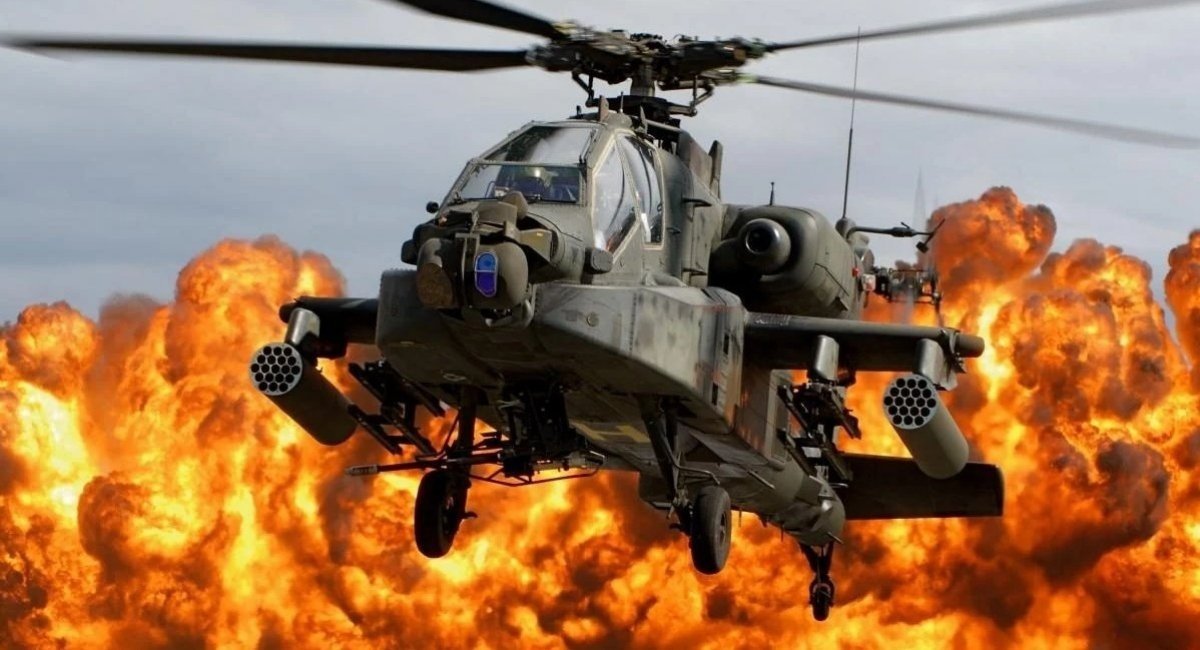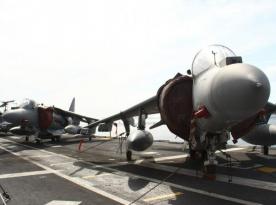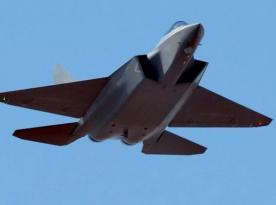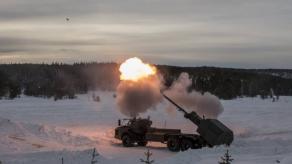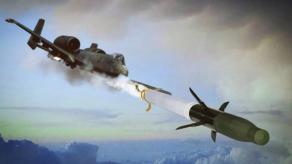British Apache AH-64E attack helicopter crews are adapting their tactics, taking into account key lessons from the war in Ukraine, and learning to fight against threats such as air defense systems, including MANPADS, drones and electronic warfare equipment, as the British Army reports.
Thus, during the recent Talon Guardian military exercise you could see the 3 Regiment Army Air Corps learn these new realities. In particular, as the Apache pilot Captain "H" notes, the crews adapt their tactics "based on the lessons of the modern battlefield and the requirements of our role, which is to provide aviation deep attack as part of the Army's warfighting division."
Read more: Rheinmetall Announced the Stockpiles And the Timelines For the Restoration of Leopard 1, Leopard 2 Tanks, Marder Infantry Fighting Vehicles
"We’ve had to completely change how we operate both in the air and on the ground, to best exploit the AH-64E's improved sensors, weapons and communications systems, as well as its better flying performance," the he said.
As the captain notes, the crews "had to change from flying hard and fast - when sometimes showing our presence did what troops on the ground needed from us - to a more cautious approach." In particular, to avoid detection and damage by air defense systems, pilots must fly low and use the natural landscape to get close enough to the enemy and hit him.

Another important aspect is that in order to operate in depth, these helicopters have to be supported in the field, and the forward weapons and refueling points have to operate in such a way that they cannot be detected by drones or intercept their messages, and be able to maintain the helicopter extremely quickly, so that the enemy did not have time to shoot. At the same time, maintenance areas located far from the front line should also be invisible and mobile, taking into account the enemy's ability to conduct long-range strikes.
Therefore, the key change was in particular Royal Electrical and Mechanical Engineers, who worked from hidden and dispersed positions. The reason is that it is now too dangerous to count on the air base, and dispersal is primarily related to survivability, as aircraft technician Lance Corporal Chris Voller notes. But this kind of work is more complicated and requires good communication and planning, including understanding what jobs they will be doing and what they will need for it.
Read more: How the Newest Ukrainian Shark UAV Works Over Donetsk And Why It's Really Cool (Video)




